What’s new in Qlik Sense Cloud May 2022
There is a wealth of new functionality and user interface improvements to digest in the Qlik Cloud May 2022 release. Mats Severin breaks down the new updates from the past month …
Chart level scripting
Chart level scripting is a new powerful feature that allows users to add or modify rows and columns in the dataset behind a chart. With chart level scripting, you can add script-like functionality to the results of a visualisation, including control statements such as loops and variables, and complex calculations such as simulations or goal-seeking. This allows users to manipulate datasets from the user interface.
To use chart scripts, you first need to enable it in the app details settings. Once enabled, a script editor is available in the Data section of the properties panel for a visualisation. Chart scripting is available for most native visualisations. For the exceptions and more information, go here.
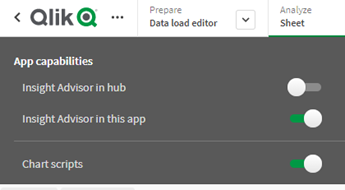
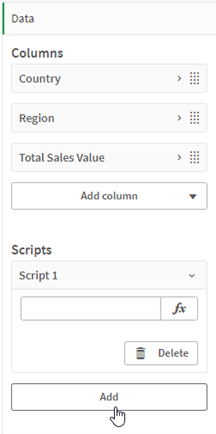
Increased run timeout for Qlik Application Automation
In response to customer requests, Qlik has extended the maximum execution time for Qlik Application Automation jobs from one hour to four hours. This will boost productivity by allowing developers to run longer task chains.
New templates and connector updates for Application Automation
New templates have been added to import or export master items from or to a Microsoft Excel file:
- Import master items from an Excel Sheet: read master measures, dimensions and variables from a Microsoft Excel file and import them into a Qlik Sense app.
- Export master items to an Excel Sheet: read master measures, dimensions and variables from a Qlik Sense app and export them to a Microsoft Excel file.
New connector updates and improvements:
- The new Snowflake connector provides more blocks to build automations from and to your Snowflake instance and has improved session handling.
- New functionality in the Qlik Cloud connector allows interaction with Qlik Cloud data assets, sets, and stores.
- A new Qlik Catalog connector allows creation of automated workflows that use the metadata stored in Qlik Catalog (on-premises). As a result, users can create workflows that synchronise metadata between various catalogues for data stewardship.
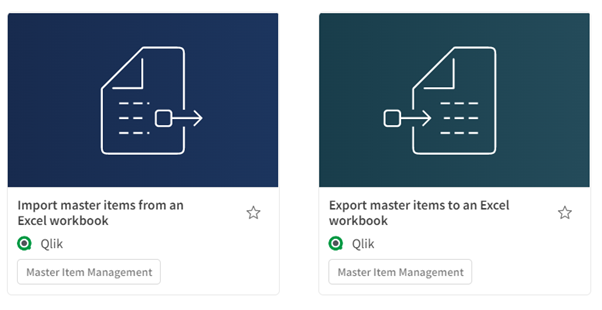
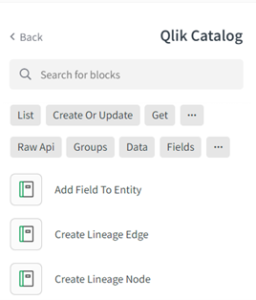
Looking to migrate from Qlik Sense Client-Managed to Qlik Cloud?
For customers looking to move from Qlik Sense on-premises to Qlik Cloud can now visit the new Qlik Cloud Migration Center. The Migration Center provides tools, instructions, and processes to guide you through the migration process. It also includes information to help users, app developers, data integrators, and administrators understand the key similarities and differences between Qlik Cloud and Qlik Sense Client-Managed. The migration website can be accessed here.
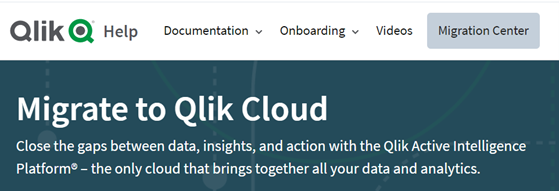
Create a new note from a snapshot
Enhancements to the Notes feature now allows users to create a new note from a snapshot of a visualisation. The snapshot is automatically added to the new note. Simply right-click on a visualisation and select the new option.
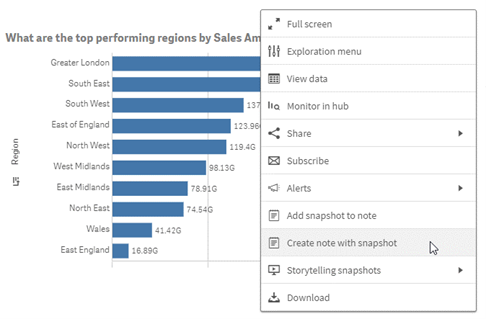
Custom styling for sheet tiles
App developers can now use custom theme settings to set the background colour and gradient for sheet titles. Different colours can help users distinguish between different types of sheets, for example public, private, and community sheets. By default, the background is transparent. More information on how to create your own custom theme and the styling options available can be found here.
Changes to JWT authorisation capabilities with cloud tenants
As of June 7, 2022, Qlik Cloud will enforce stricter controls related to JWT (JSON Web Token) authorisation capabilities with tenants. Two new attributes are being introduced to enhance the security for Qlik Cloud tenants with JWT identity provider configurations. JWT authorisation attempts to Qlik Cloud tenants made after June 6, 2022, will be denied access without these additional attributes. For customers who are impacted by this change, see the following tutorial for further instructions: https://qlik.dev/tutorials/implement-jwt-authorization.
Updates to scripting topics on Qlik Help
Date and time function topics have been improved on the Qlik Sense help site. New examples have been added to the documentation. To view sample load scripts and visualisation examples, click on the following links:
New chart and script functions to support JSON
New functions have been introduced to support the testing, validation, and modification of JSON (JavaScript Object Notation) data. To view definitions and examples, click on the following links:
Updated allowlist entries for Qlik Forts deployments
There have been changes to the IP ranges listed as prerequisites for the following fort deployments.
- Amazon Web Services
- Google Cloud Platform
- Microsoft Azure
- VMware vSphere
For more info, visit: https://help.qlik.com/en-US/cloud-services/Subsystems/Hub/Content/Sense_Hub/Admin/forts-deployment-intro.htm
Updates to Qlik Sense Mobile SaaS
A number of improvements have been made to the sheet navigation and layout. Also, functionality that was previously only supported in web browsers is now made available in the mobile app. The list below summarises the improvements:
- Ability to explore sheets and charts in landscape mode.
- See more details about a specific visualisation by viewing it in full screen.
- Move between sheets by swiping the sheet title to go to the next or previous sheet.
- Tapping the sheet title to see a list of sheets in the app.
- URL navigation (Parsing app URLs).
- Sheet actions.
- Show condition with sheets.
- Pull-to-refresh the bookmark list. Also, an improved layout of the bookmark screen.
Reflection of Qlik Cloud May 2022
After a relatively quiet month of April, this month has provided a longer list of updates, mainly new functionality and improvements in the user interface, but also additions to Application Automation and a few security enhancements.
Let’s start with the new functionality of Chart-Level scripting. Even though it has just been released and we can expect more sample scripts and documentation on how to use it, the functionality can greatly improve the flexibility of charts, and to retrieve and manipulate data values that were previously not possible to achieve without making major changes to the underlying data model. Just to mention one of the newly introduced functions HCValue(), where you can retrieve a data value in a row from a specific column. This will allow users to move around cell values in a flexible way without any restrictions caused by the underlying data model logic.
Speaking of new script and chart functions, three new functions to support JSON data has also been introduced, along with further improvements to Qlik Help’s documentation. If visiting the Qlik help site, you can now also find the new Migration Center, which is designed to support customers in the process of moving from Qlik Sense or QlikView to Qlik Cloud.
Qlik Sense Mobile for SaaS has been updated with a long list of improvements, mainly sheet navigation improvements but also added functionality to reduce the gap between the mobile app and the web browser interface.
Another user experience enhancement is the ability to customise styling for sheet titles, available as part of creating your own custom app theme.
Last but not least, Qlik Application Automation has been updated with new templates and connectors. Worth highlighting is the master item management templates, designed to import/export master items from/to an Excel sheet. This is another step in the direction of centralising and facilitating master item management across multiple apps. Another highlight in Automations is the new Qlik Catalog connector, filled with blocks to explore if you are using Qlik Catalog on-premises.


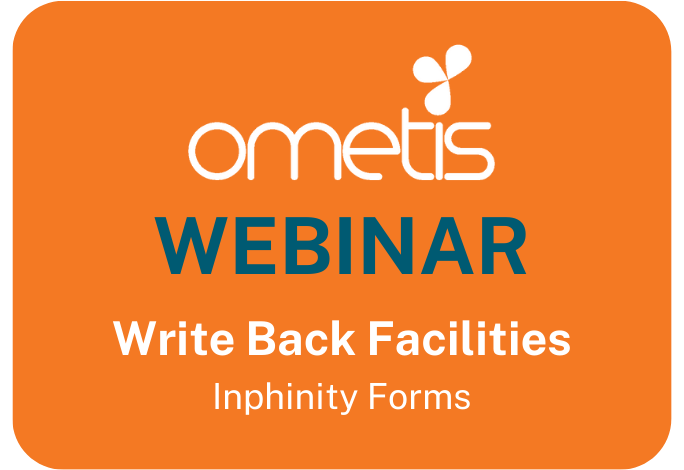


Comments